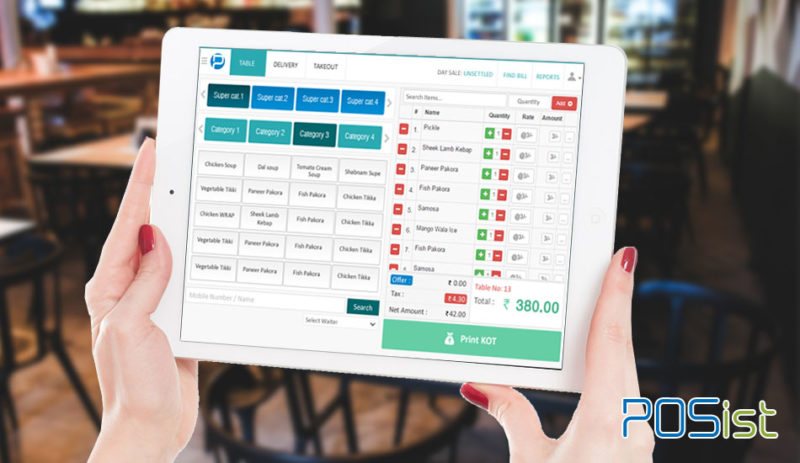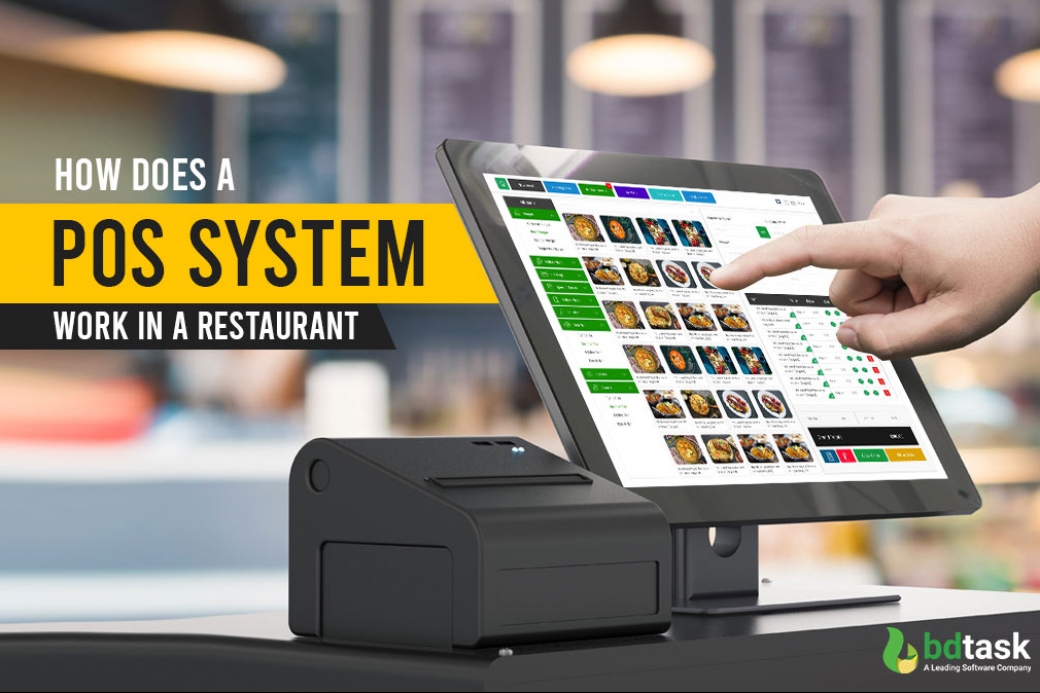Boost profits using Restaurant POS Software in decision-making workflows
How POS System Works: A Comprehensive Overview for Business Owners
A POS system functions as a necessary tool for contemporary companies, integrating different elements to improve procedures. It includes hardware like barcode scanners and software program up for sale monitoring. This system not just refines deals but likewise takes care of inventory and assesses customer actions. Comprehending its capability can significantly affect an organization's efficiency and decision-making. What are the essential components that contribute to this performance? Exploring these parts offers valuable understandings.
Comprehending the Elements of a POS System
A Point of Sale (POS) system is made up of a number of vital components that interact to promote deals and take care of business operations. At its core, the equipment consists of tools such as a sales register, barcode scanner, invoice printer, and repayment incurable, all crucial for refining sales (Restaurant POS Software). The software part takes care of supply, sales monitoring, and client data, offering important insights for business decisions.Additionally, databases store transaction documents and customer information, ensuring data honesty and protection. Network connection allows real-time updates and access to cloud-based services, enhancing functional performance. Individual interfaces, designed for convenience of usage, enable staff to browse the system swiftly, lessening training time. Together, these components develop a natural system that enhances the sales process, improves customer service, and help in efficient management of organization resources. Comprehending these components is essential for service owners looking for to maximize their POS systems
Exactly How Sales Transactions Are Refined
When a customer determines to buy, the sales deal initiates a collection of systematic actions within the POS system. The cashier inputs the items being bought, which are scanned with a barcode reader or by hand entered. This activity obtains product information, including prices and applicable tax obligations, from the system's database.Next, the customer exists with the total quantity due. The POS system then refines the payment, whether with cash, credit rating card, or mobile repayment approaches. For electronic repayments, the POS firmly connects with payment processors to license and confirm the transaction.Once the payment is confirmed, the system produces an invoice, which can be published or sent out digitally. This receipt offers as receipt for the consumer. The deal information is taped in the system, making certain accurate sales records and financial tracking for the business.
Inventory Monitoring and Monitoring
Effective supply monitoring and tracking are important elements of a POS system, as they ensure that companies preserve suitable supply levels and reduce inconsistencies. A robust POS system enables for real-time stock updates, reflecting sales and returns instantly. This allows local business owner to monitor stock degrees properly, making certain that preferred products are readily available while protecting against overstocking of much less popular products.Additionally, progressed POS systems offer features such as automated supply signals and reorder suggestions, streamlining the purchase procedure. Barcoding and RFID innovation boost precision in tracking stock movement, lowering human mistake. Comprehensive reporting devices offer insights right into stock turn over prices, aiding services make notified choices regarding purchasing and item offerings. Eventually, effective stock management via a POS system not just improves functional effectiveness yet likewise enhances consumer contentment by making sure product schedule.

Analyzing Client Information and Insights
Customer data analysis works as a powerful tool for services making use of a POS system. By collecting and analyzing purchase information, companies can discover useful understandings recommended you read concerning consumer behavior and preferences. This analysis enables them to identify buying patterns, peak buying times, and prominent products, consequently notifying stock choices and advertising strategies.Additionally, companies can segment their consumer base, check enabling personalized advertising and marketing initiatives that satisfy details demographics or acquiring routines. Comprehending client loyalty patterns also assists in establishing targeted promotions and incentives programs.The information obtained from a POS system can also reveal understandings into consumer comments, allowing companies to make informed decisions concerning product offerings and service improvements. Inevitably, leveraging client information properly can enhance the overall purchasing experience, foster client complete satisfaction, and drive revenue growth.
Benefits of Carrying Out a POS System
Implementing a POS system uses numerous advantages that can substantially enhance service operations. To start with, it simplifies transaction processes, minimizing wait times and enhancing client satisfaction. By automating sales processes, services can minimize human error and assurance exact record-keeping. Additionally, a POS system offers useful information analytics, enabling proprietors to track sales trends and stock degrees in real-time. This understanding sustains informed decision-making, helping to enhance stock administration and advertising and marketing strategies.Moreover, many POS systems integrate with other service devices, such as accounting software application, streamlining monetary monitoring. Boosted employee management features, such as tracking hours and performance, additional add to functional efficiency.Lastly, the execution of a POS system can lead to enhanced profits with enhanced client experiences and calculated understandings, eventually cultivating organization development and sustainability.
Regularly Asked Inquiries
What Kinds of Businesses Can Take Advantage Of a POS System?

Exactly how Much Does a POS System Normally Expense?
The price of a POS system usually ranges from a couple of hundred to several thousand bucks, depending upon attributes, equipment, and software - Restaurant POS Software. Organizations should think about recurring charges for upkeep, support, and purchase processing when budgeting

Can I Incorporate a POS System With Existing Software?
Integrating a POS system with existing software application is often possible. Lots of systems offer APIs or built-in compatibility attributes, allowing services to streamline operations and boost functionality by connecting different software application applications properly.
What Training Is Needed for Team to Use a POS System?
Training for staff to use a POS system usually includes understanding software application capabilities, refining purchases, taking care of supply, and taking care of consumer communications - Restaurant POS Software. Practical demos and hands-on session enhance effectiveness and self-confidence being used the system effectively
What Takes place if the Net Goes Down While Using a POS System?
If the internet goes down throughout POS system use, deals may be interrupted. Numerous systems offer offline capabilities, permitting standard procedures to proceed, however full functionality, including real-time stock updates, will be limited.